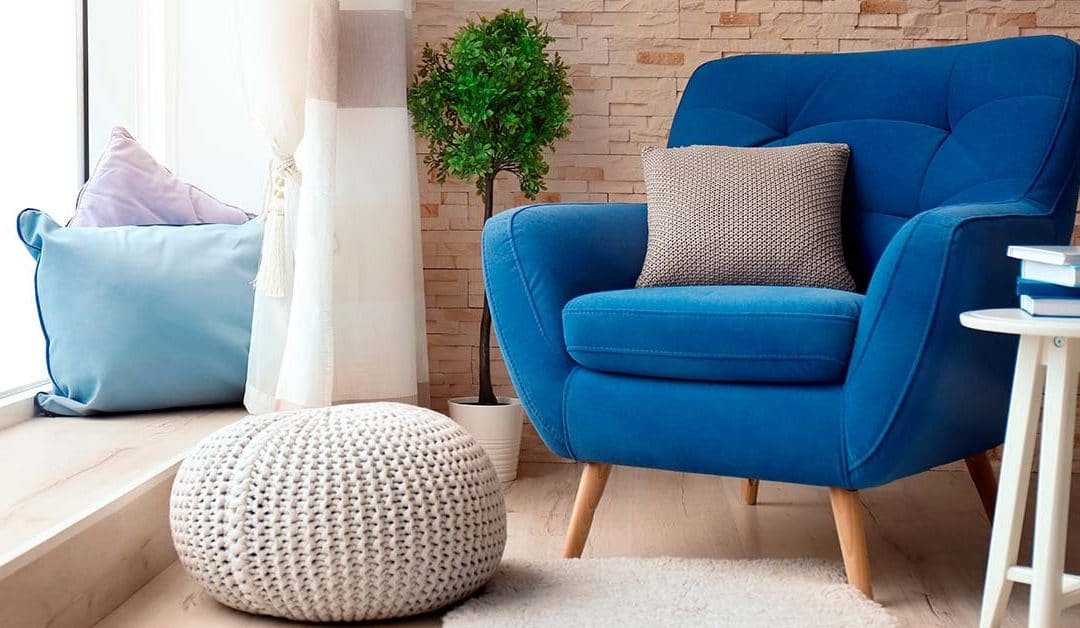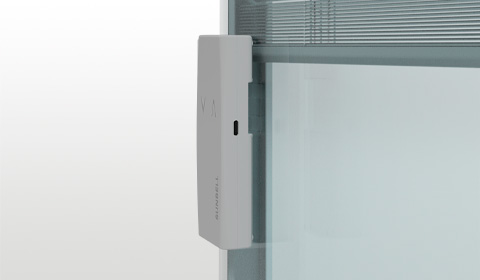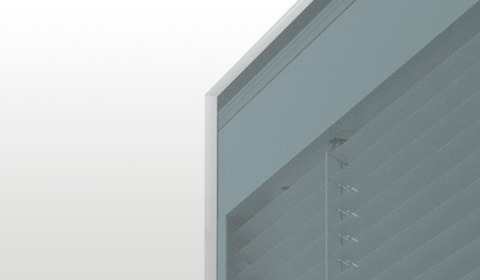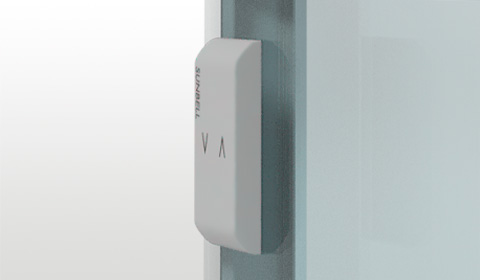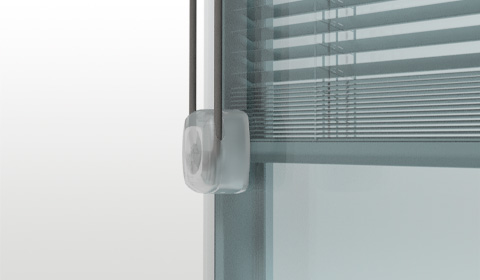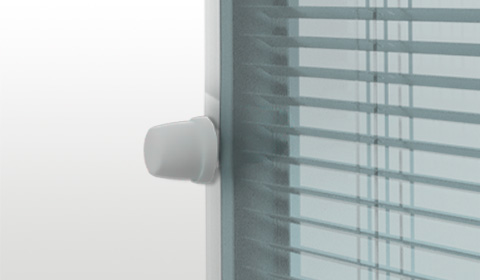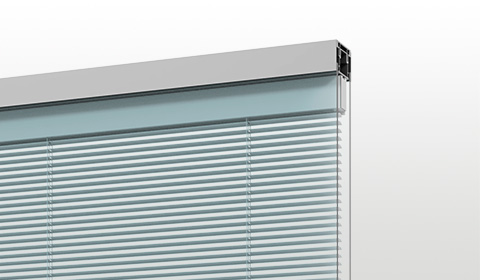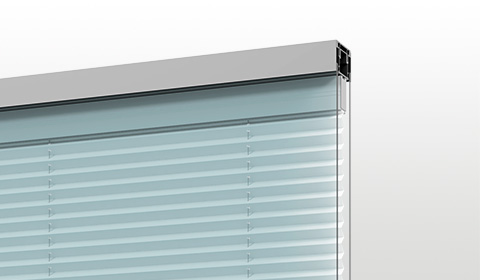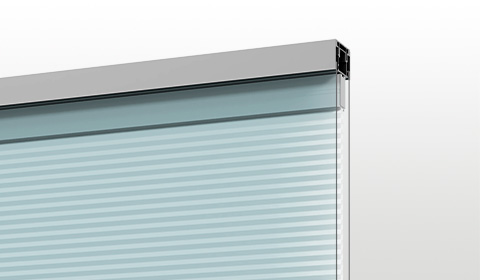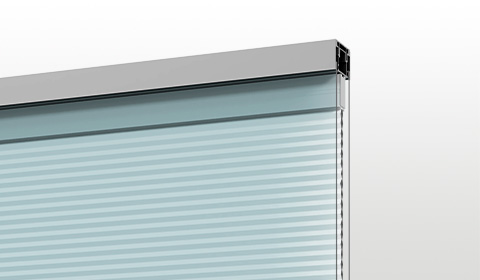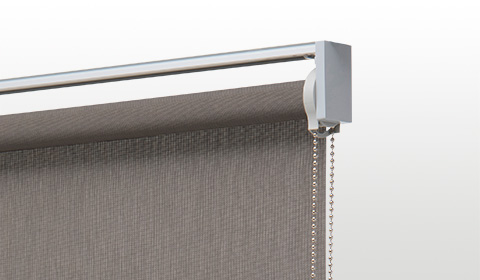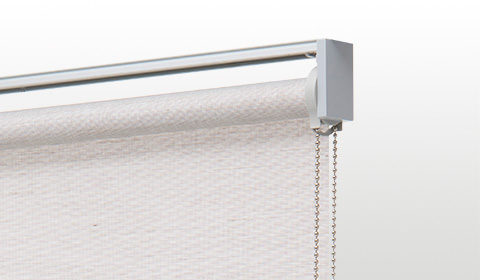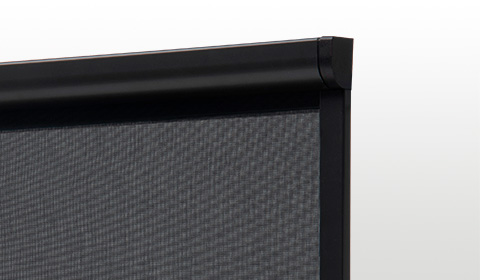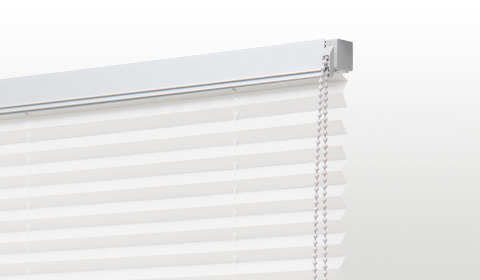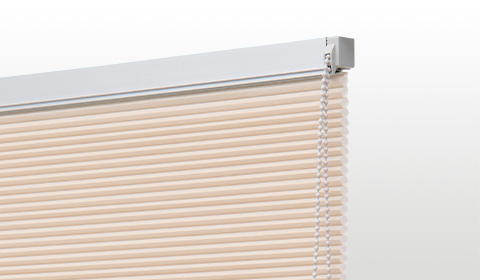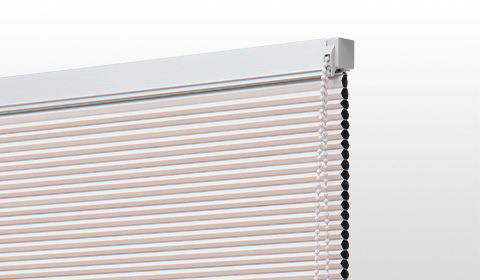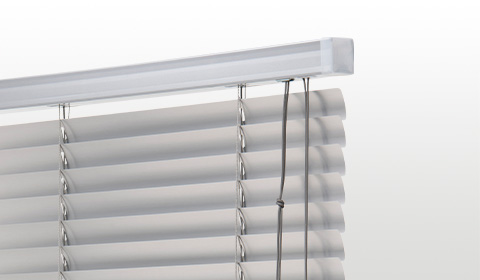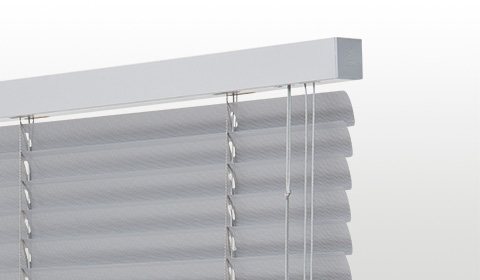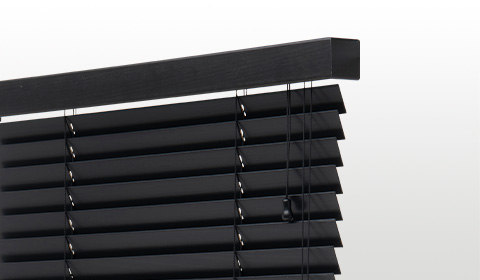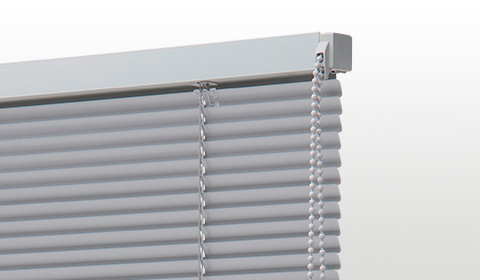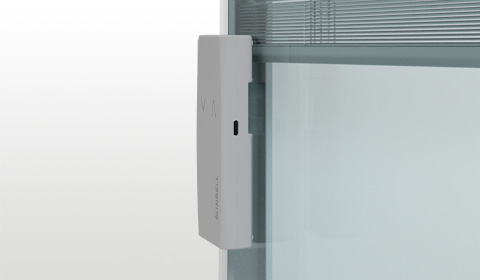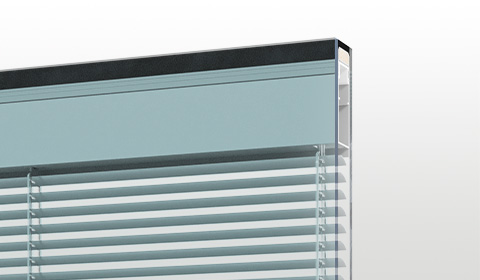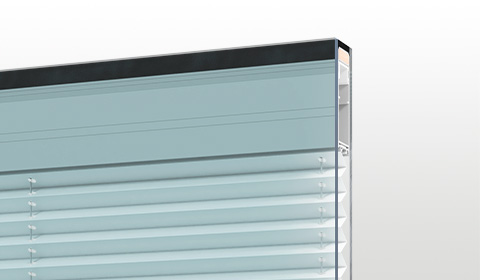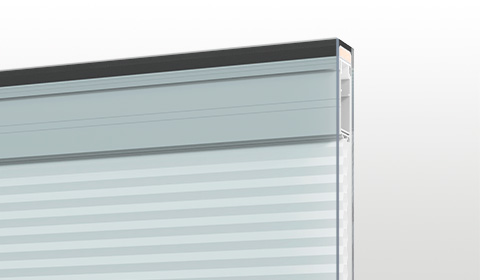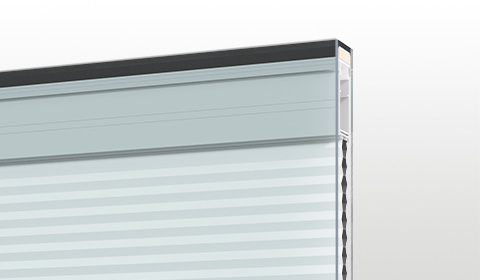Chubby is a tricky word because it can indicate something chunky and overweight, but it also has the sense of something soft, enveloping and warm.
But how did this word come to enter the world of interior design? Let’s try to find the answer to this question!
Chubby design was born in response to the straight lines and sharp edges typical of modern design, instead aiming for solid pieces that are also soft and curvy.
The shape of chubby furniture can evoke the shape of ancient statues from early civilizations and suggest the idea of neoteny, the retention of juvenile characteristics in adult animals.
Armchairs, tables, sofas and other furniture accessories become curvy, and welcoming, almost motherly.
In 2018, The Strategist in the New York Times presented an article entitled “The Future of Design Is Chubby”, featuring new furniture accessories like the ones produced by Jumbo studio.
But where does Chubby Design come from?
Chubby design: the first steps
Justin Donnelly from Jumbo explains that chubby design is a natural return to a style born years ago, probably after the second world war when Finn Juhl designed his first Pelican chair.
Today that chair is an iconic symbol of Danish design, but at the time, the unusual shape and the sturdy legs were considered bad ideas by critics – which is why the first Pelican Chair was forgotten for a while.
Eventually, though, it was rediscovered and re-edited in 2001, promoting a key trait of its design – the shape of a body enveloping another body like a warm embrace.
Chubby style was also popular in the ’70s and ’80s thanks to the Italian rationalism of Gaetano Pesce and his UP5, otherwise known as ‘Poltrona Donna’, a very comfortable armchair whose design was inspired by statues of fertility goddesses.
More recent examples include the Roly Poly chair, launched by creative designer Faye Toogood in 2014, inspired by the changing curves of her pregnant body.
Currently, chubby designs can be found everywhere and can be seen even in small objects like vases and cutlery.
Chubby design for any kind of furniture
The return to this style may be caused by the uncertainty that characterises our times, as a home filled with curvy and enveloping lines offers a greater sense of comfort and safety.
Chubby design is perfect for anyone who wants to get back in touch with their inner child.
Our daily life is marked by deadlines, frantic rhythms, endless commitments. Chubby design gives us the gift of lightness and fun.
Adding chubby armchairs and other accessories to our homes is not very complicated as they can mix well with lots of different decorating styles.
If your home has a pure and minimalist style, a touch of chubby design could soften the overall vibe without transforming its personality.
For example – a pouffe or a vase are perfect solutions in this sense.
If you opted for a more classic design at home, a few light-hearted and fun chubby objects could add an extra layer of sophistication.
If you still have doubts about the aesthetic impact, just remember that chubby design doesn’t dramatically alter the feeling and atmosphere of a room, the soft shapes just makes it more mellow.
Even industrial design, with its strong materials and geometric forms, can be softened with chubby details like statues or vases.
Given the typical characteristics of chubby design, one of the best places to use it is children rooms.
The soft and playful shapes form a creative and imaginative environment that will help stimulate play. Moreover, it’s perfect for kids because it doesn’t have any sharp edges.
Conclusions
Chubby design is essentially a style that uses soft, enveloping forms and shapes to give the sense of a welcoming embrace.
Perhaps this style is so trendy nowadays because we live in a difficult time when, after so much social distancing, we now feel ready to go back to our old lives.

